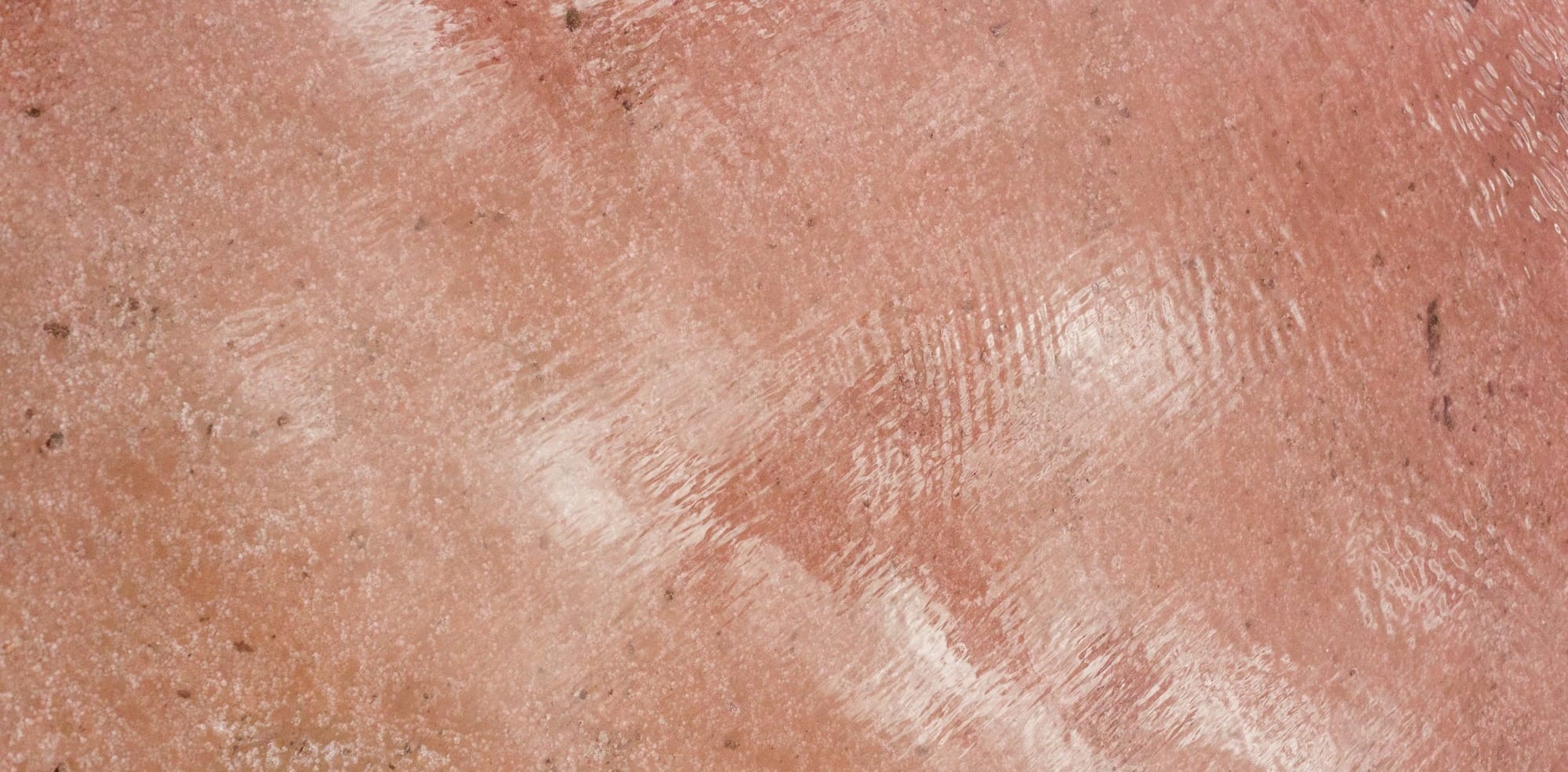Epidermolysis Bullosa (EB) is a group of rare genetic disorders characterized by fragile skin that blisters easily in response to minor trauma or friction. Understanding the symptoms, current treatments, and emerging therapies for EB can provide hope and guidance for patients and caregivers navigating this challenging condition.

Early Signs and Symptoms of EB:
Recognizing the early signs and symptoms of EB is crucial for timely diagnosis and management. Symptoms can vary significantly depending on the type of EB, which primarily includes EB Simplex, Junctional EB, Dystrophic EB, and Kindler Syndrome. Each type presents unique challenges due to the specific layer of skin affected.
- EB Simplex: This is the most common and typically the mildest form. Signs include blistering on hands and feet, commonly triggered by friction from activities such as walking or holding objects.
- Junctional EB: This form often presents severe symptoms early in life, such as hoarse voice and problems swallowing, in addition to widespread blistering.
- Dystrophic EB: Known for causing scarring and deformities, this type can lead to problems such as joint contractures and esophageal strictures due to blistering.
- Kindler Syndrome: This type is associated with skin blistering, photosensitivity, and progressive skin changes over time.
Blisters can lead to significant complications, including infection, dehydration, and nutritional deficiencies. Careful monitoring and early intervention are key to managing symptoms and preventing complications.
Current Treatments for EB:
While there is currently no cure for EB, various treatments and management strategies focus on reducing symptoms, promoting healing, and preventing complications. These approaches are often multidisciplinary, involving dermatologists, nutritionists, surgeons, and other healthcare professionals.
- Wound Care: Gentle handling of the skin and appropriate bandaging can help protect against infection and minimize pain. Specialized non-adhesive dressings and emollients are often used.
- Infection Control: Cleaning blisters and applying topical antibiotics can prevent infection. Systemic antibiotics may be necessary for more severe infections.
- Nutritional Support: High-calorie diets and possibly feeding tubes are recommended to address malnutrition, especially in children with severe forms of EB.
- Physical Therapy: Regular exercise and stretching can help maintain mobility and prevent contractures.
Emerging Therapies for EB:
Advances in medical research offer hope for new therapies that could transform the management and treatment of EB. Innovative approaches are being developed and tested, including gene therapy, stem cell therapy, and protein replacement therapies.
- Gene Therapy: This promising avenue involves correcting the defective genes responsible for EB. Techniques include using viral vectors to deliver healthy copies of the gene directly to the skin cells. [Source]
- Stem Cell Therapy: Researchers are exploring the potential of using patient-derived stem cells to regenerate healthy skin. Clinical trials are ongoing to identify optimal techniques and delivery methods. [Source]
- Protein Replacement Therapy: Some forms of EB result from a deficiency in essential proteins that help bind skin layers together. Researchers are developing topical treatments to replace these proteins and strengthen skin integrity.
Collaboration between researchers, clinicians, and patient advocacy groups is crucial in bringing these therapies from the laboratory to the clinic. Early results from clinical trials are promising, but widespread application may take years to come to fruition.
Conclusion:
Living with Epidermolysis Bullosa presents significant challenges, but advances in understanding and treating the condition are providing new hope. From meticulous wound care to groundbreaking treatments like gene and stem cell therapy, each step forward brings us closer to more effective management and, potentially, a cure. Continued research and awareness can make a significant impact on the lives of those affected by EB.

